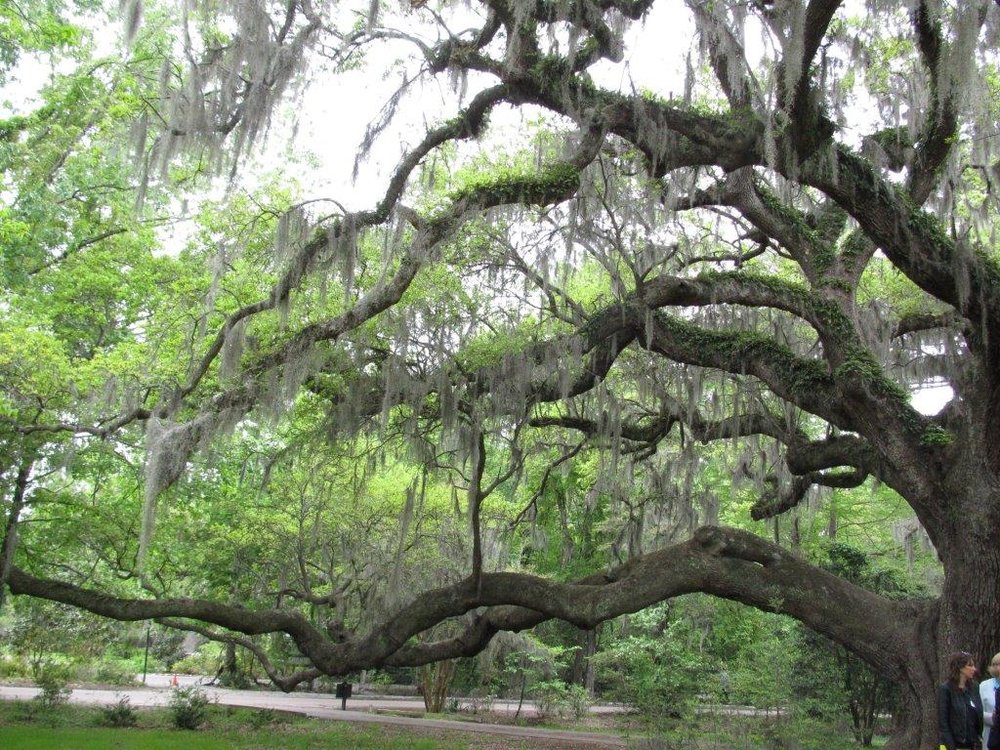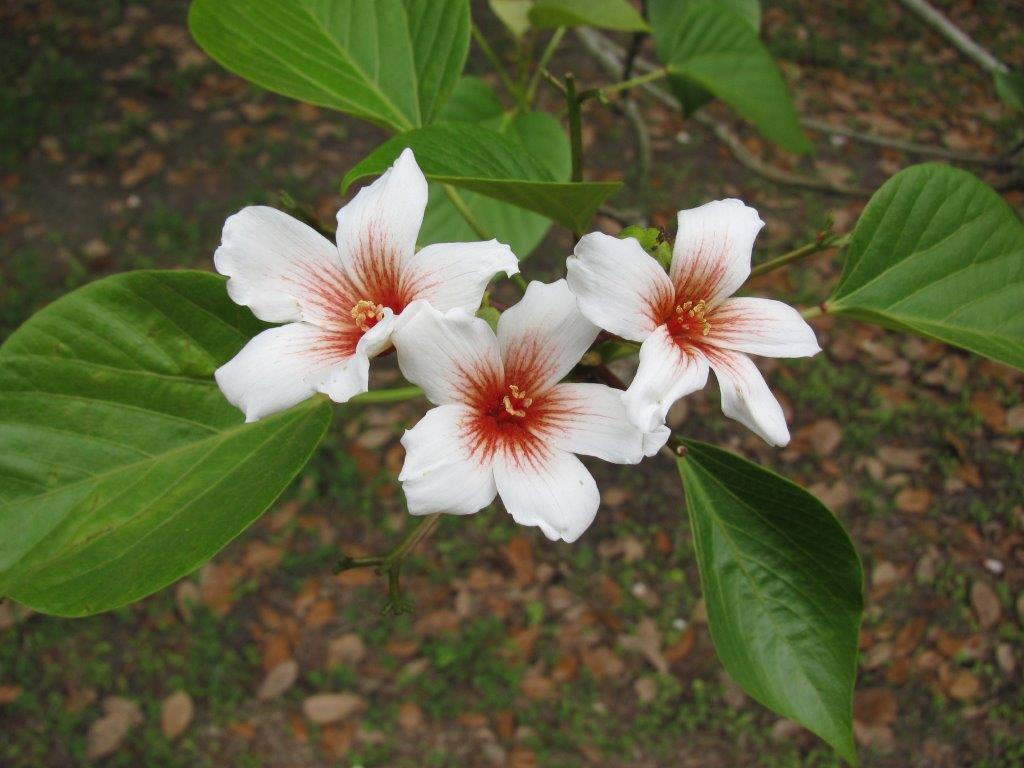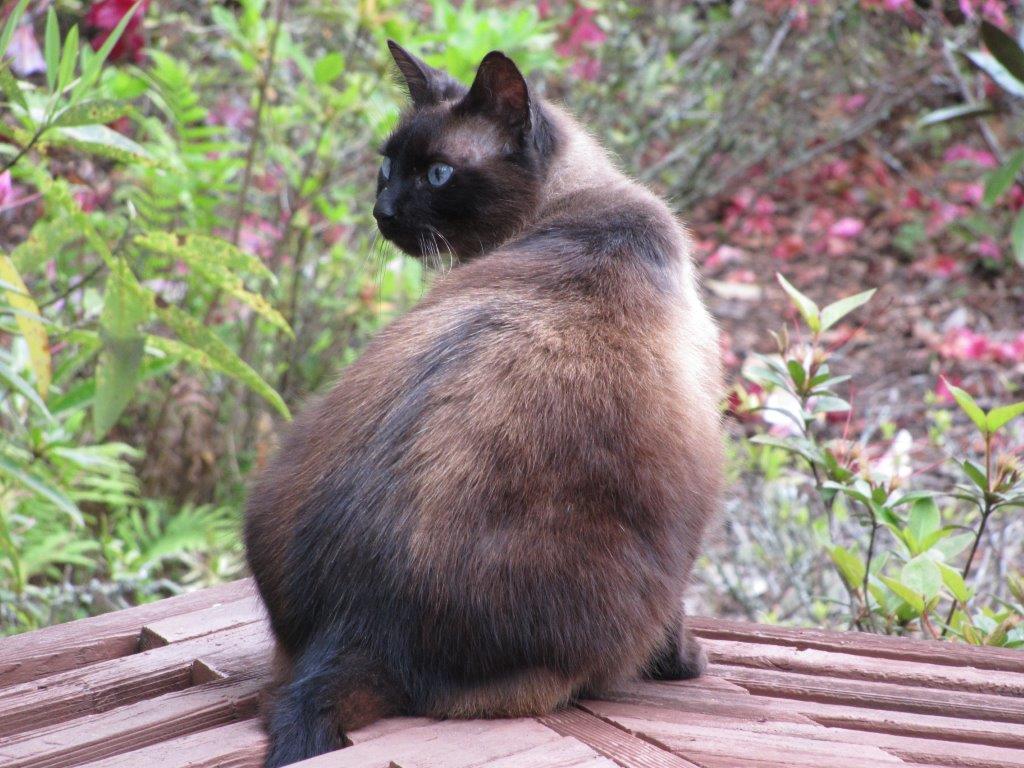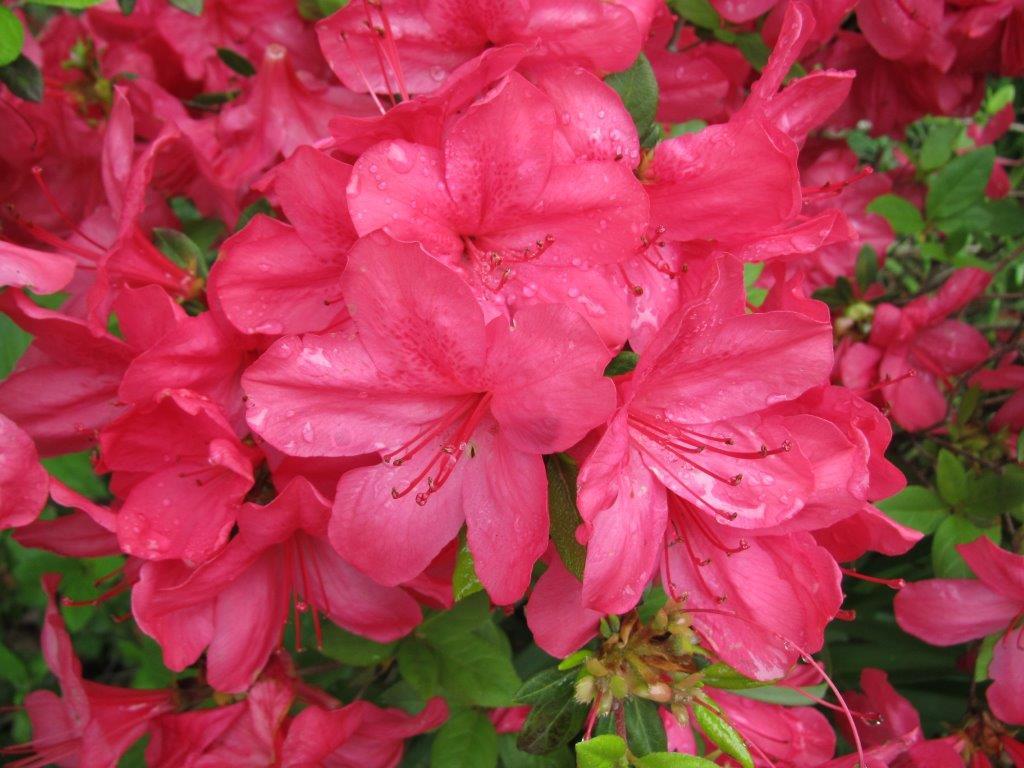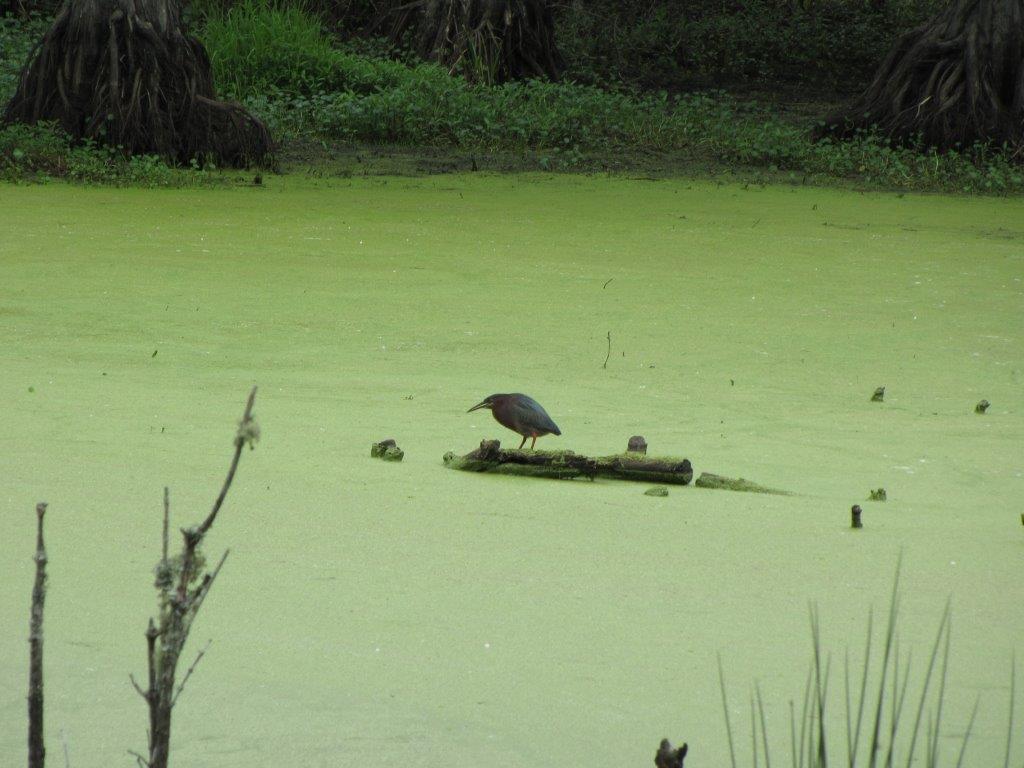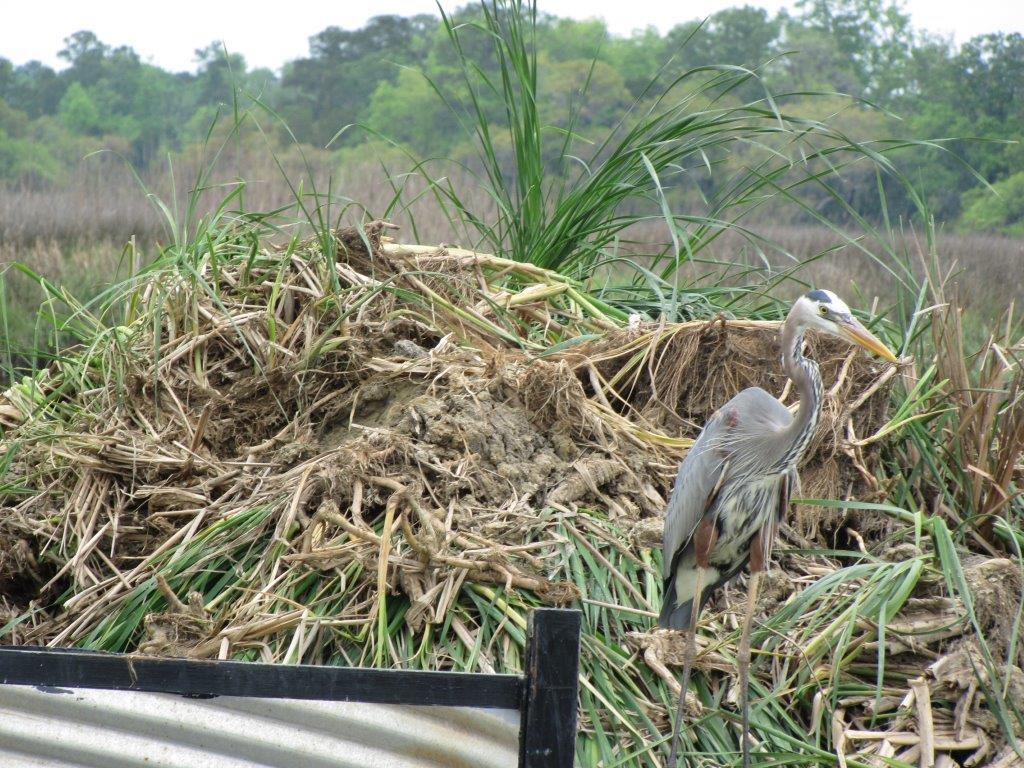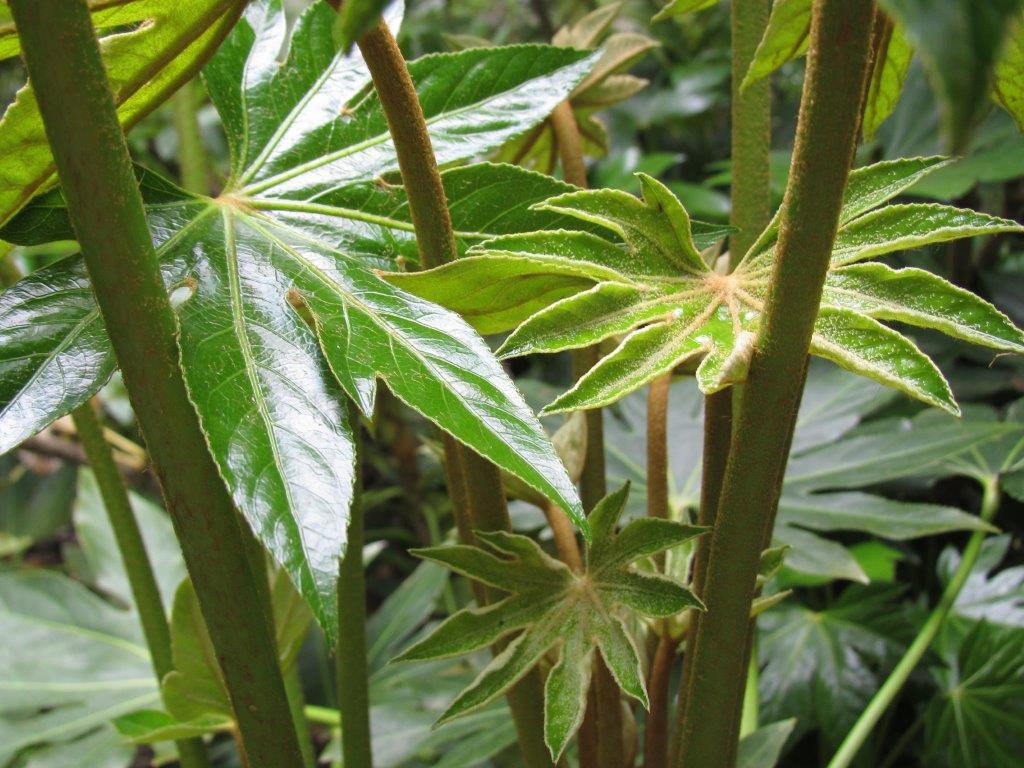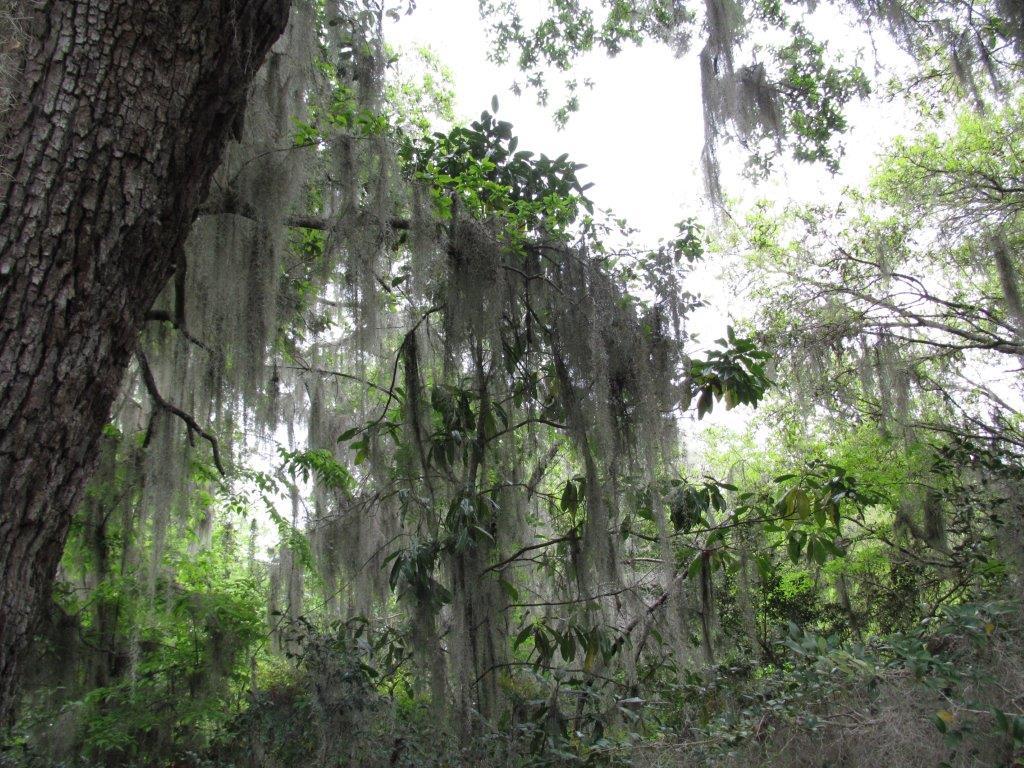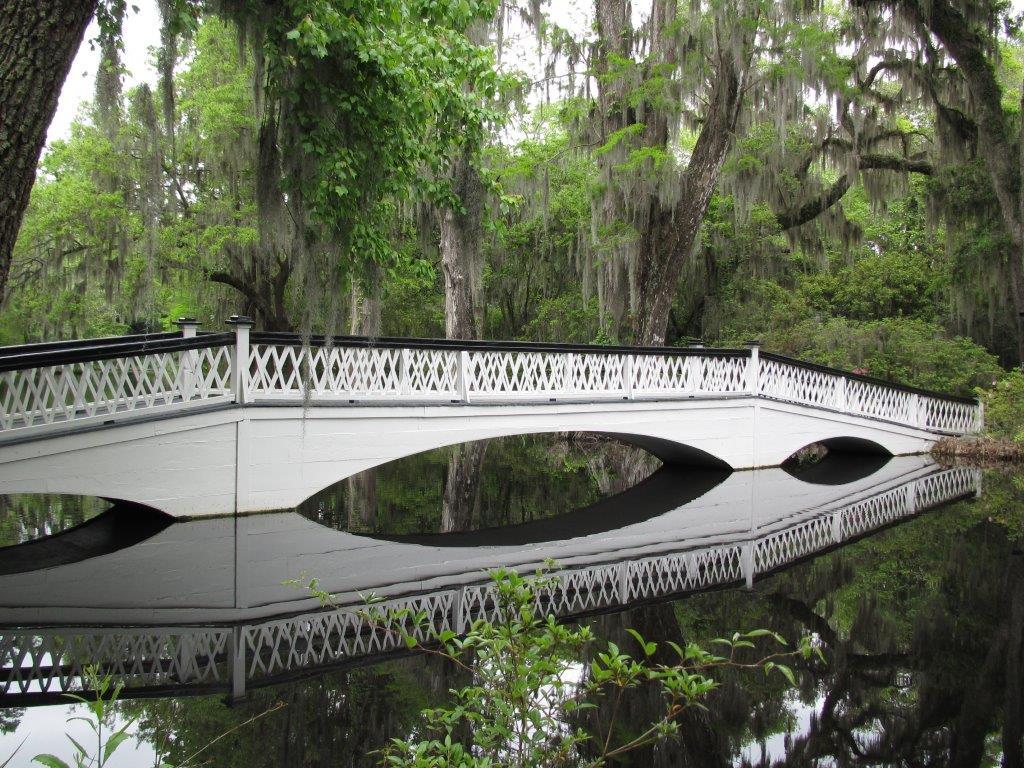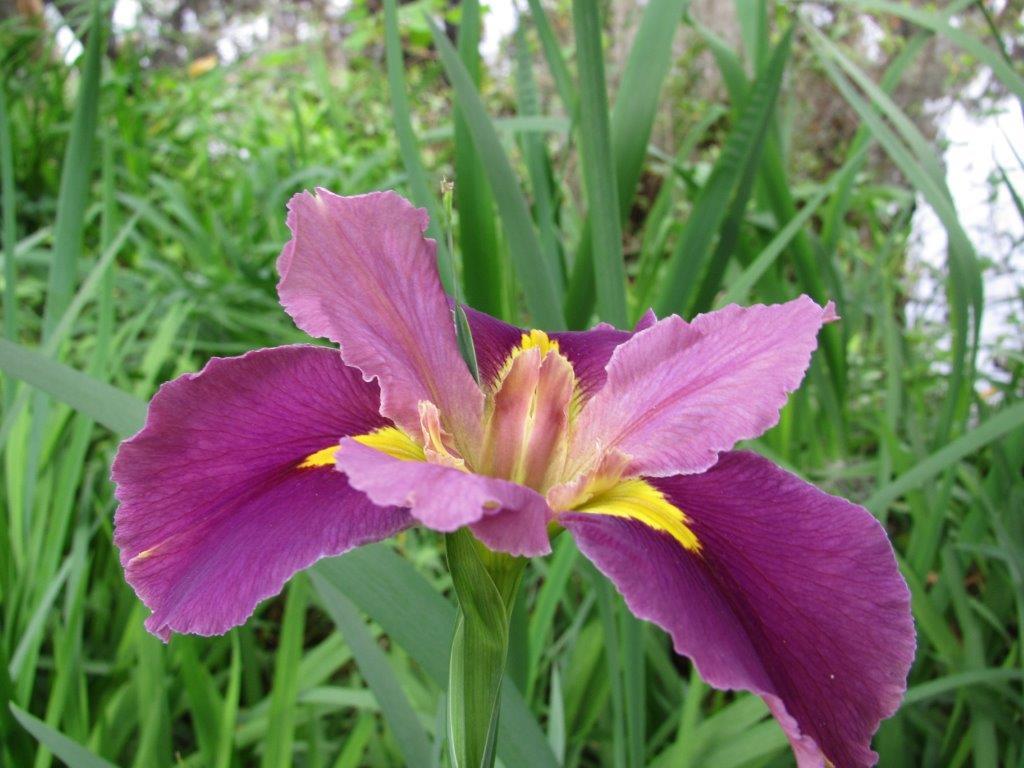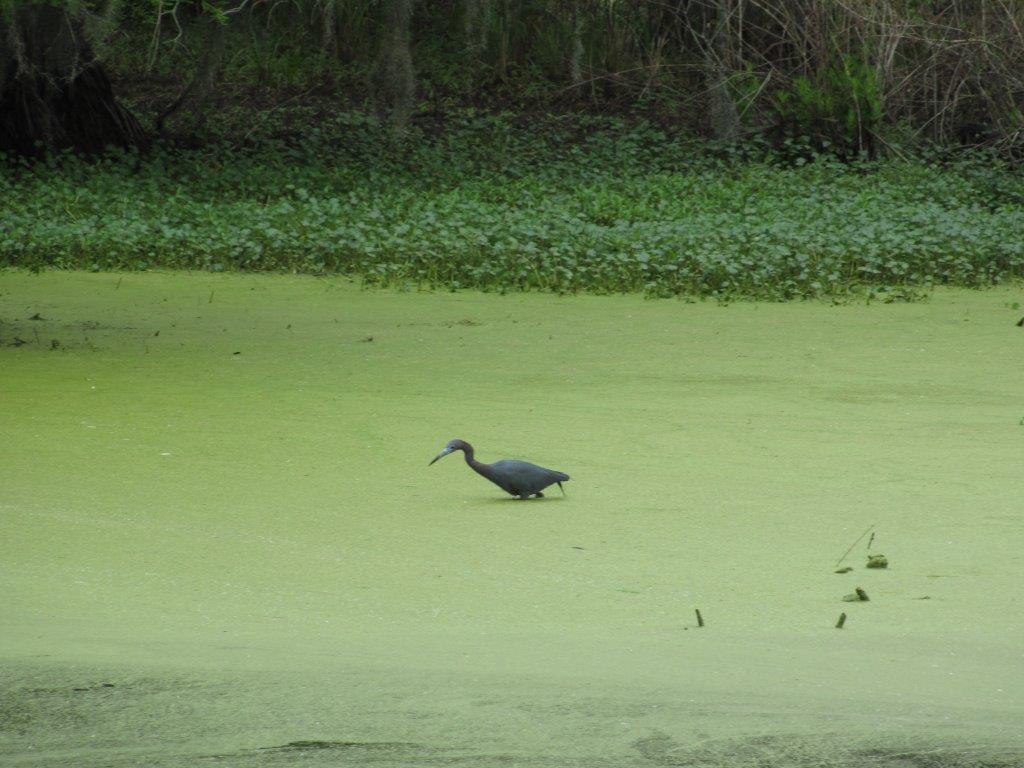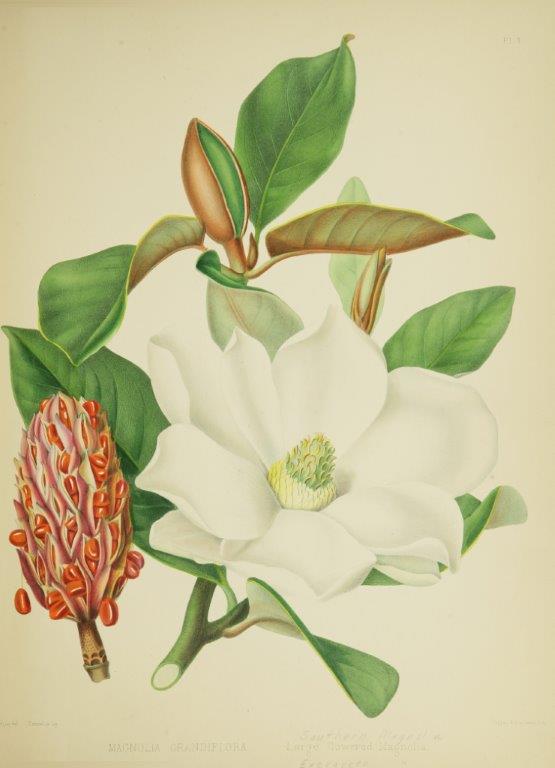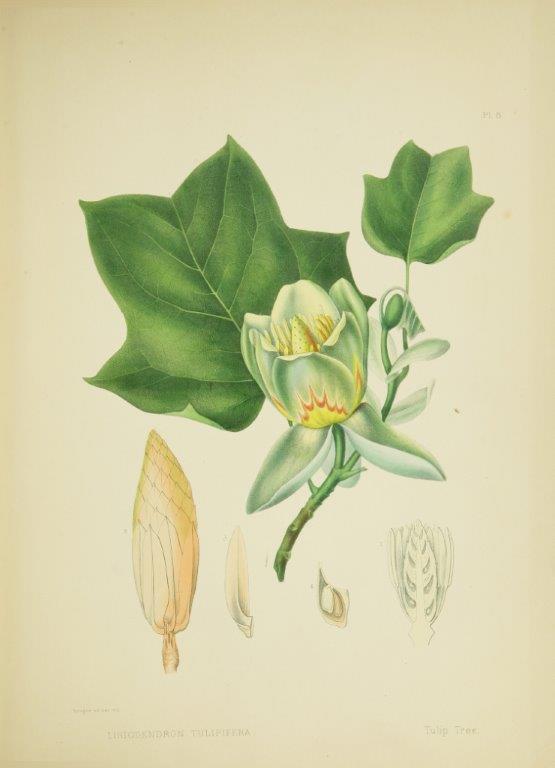Norfork Botanical Garden
/I toured the Norfolk Botanical Garden the day after the Lewis Ginter which I posted about yesterday. The weather was still cool and cloudy but I was surprised at the difference being on the shore and a little further south meant. Quite a range of plants highlighted the visit.
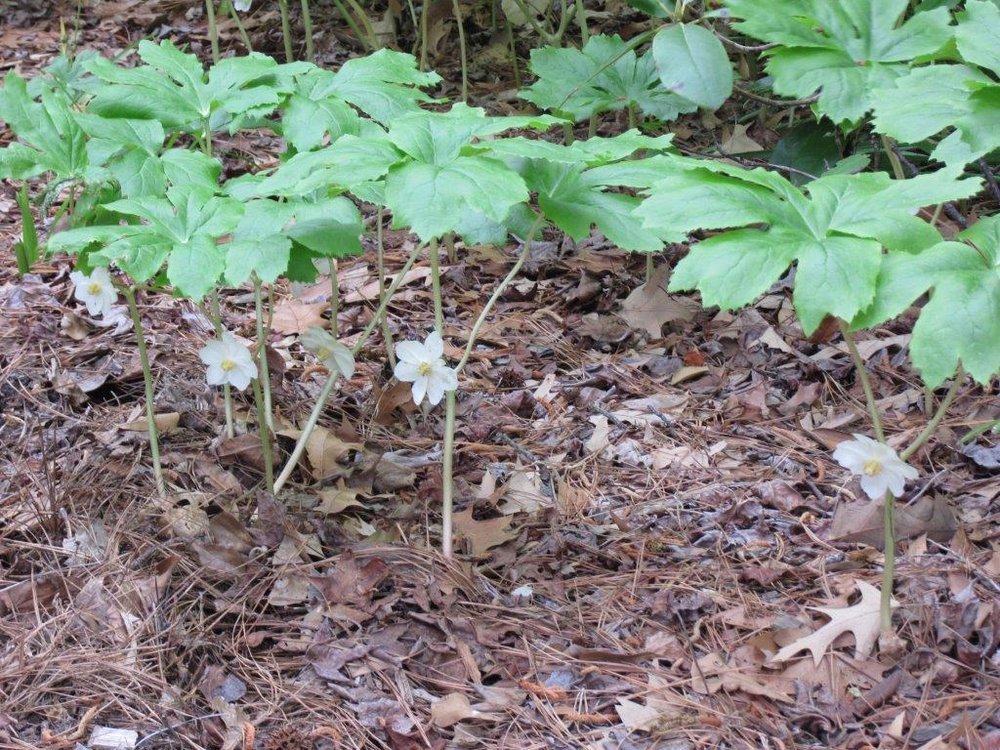
 There were the normal spring beauties like May Apples (left) and purple flags (on the right surrounding a Great Blue Heron sculpture).
There were the normal spring beauties like May Apples (left) and purple flags (on the right surrounding a Great Blue Heron sculpture).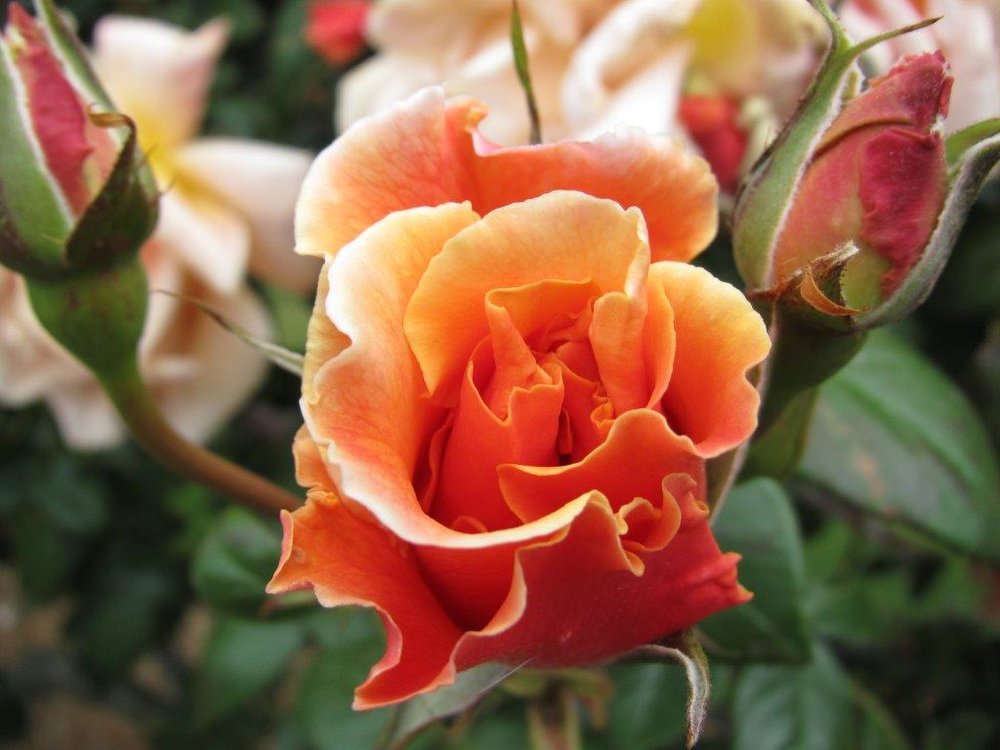
 Roses like cooler weather too. They are better now (and then again in the fall) than in the heat of summer. The yellow ones against the rough block wall relieve the harshness of its new construction.
Roses like cooler weather too. They are better now (and then again in the fall) than in the heat of summer. The yellow ones against the rough block wall relieve the harshness of its new construction.
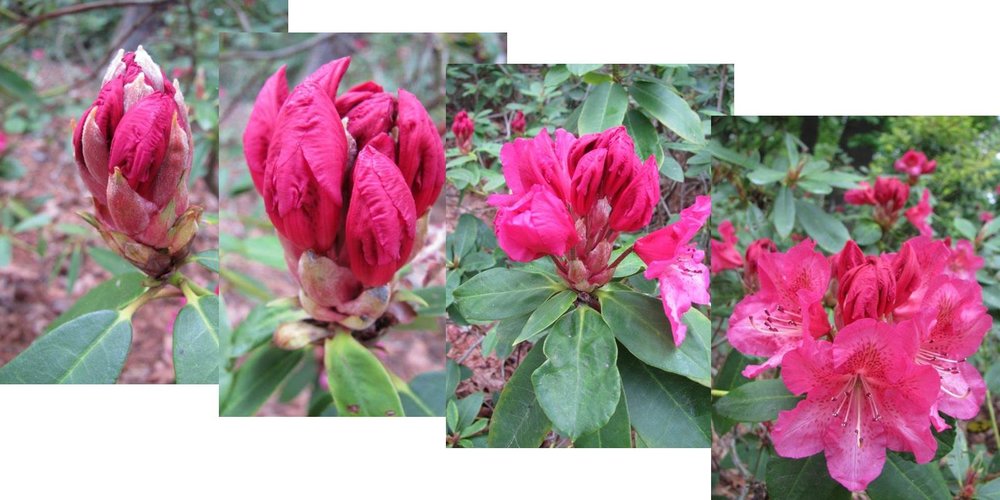
But the rhododendrons stole the show - similarly to the peonies at the Lewis Ginter. I captured the phases of the clumps of flowers unfurling from tight buds. Don’t rhododendrons have the classic shape of a bouquet fit to be carried in a formal procesession?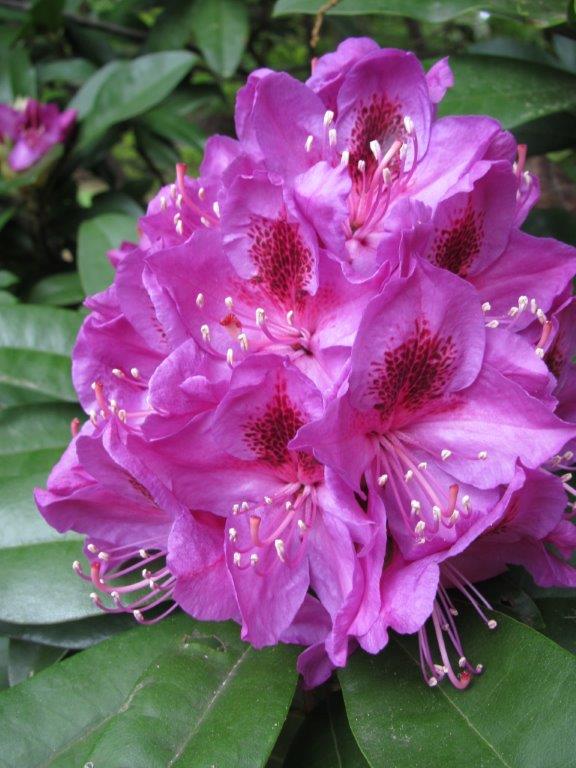
There was glass sculpture by Craig Mitchell Smith displayed in the garden. My favorite was the blue jelly fish in the conservatory.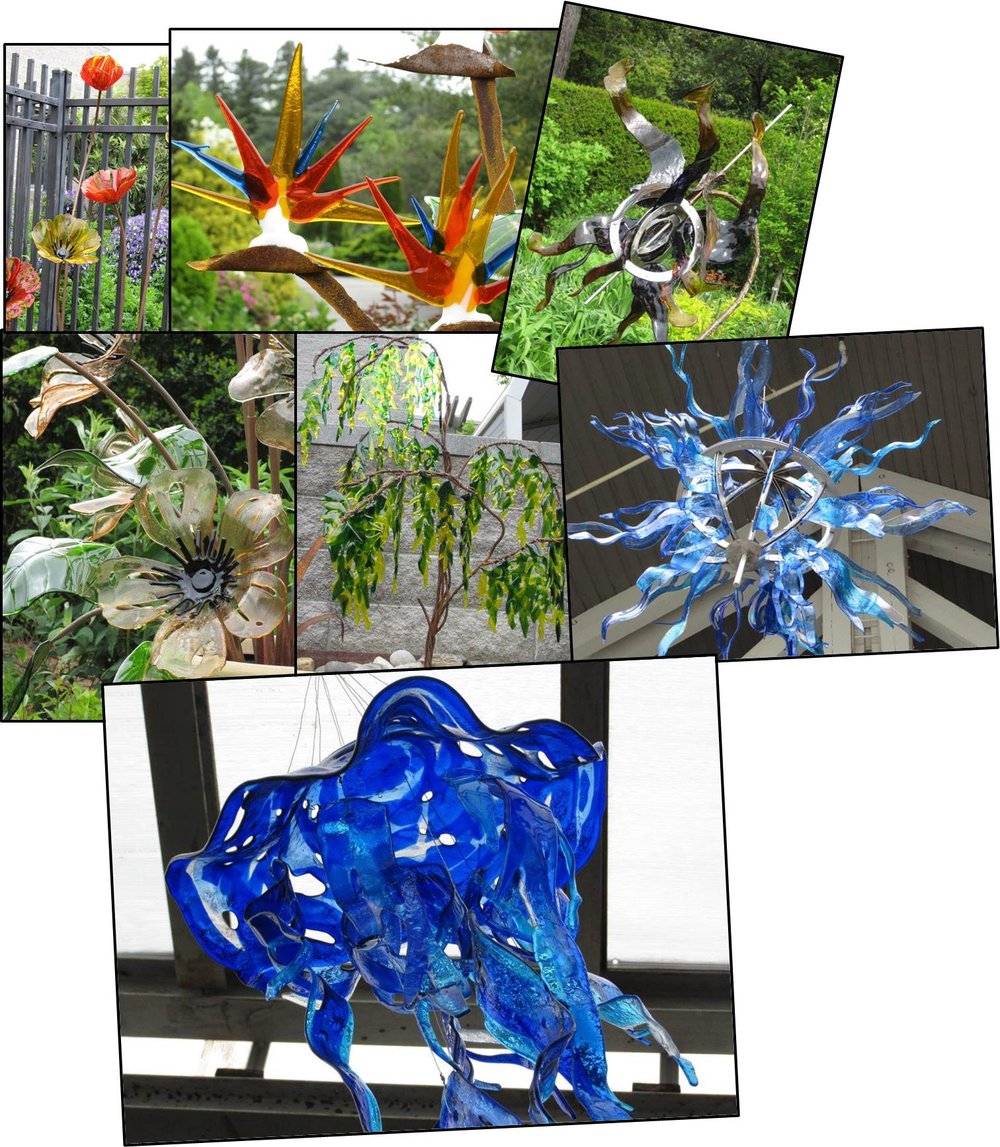
And what about a vine with white flowers unfurling - tight spirals expanding to gentle curves.
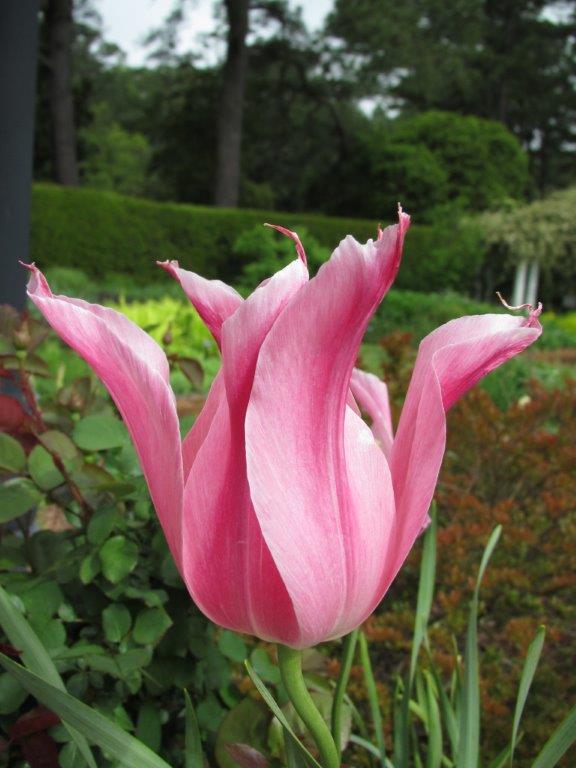
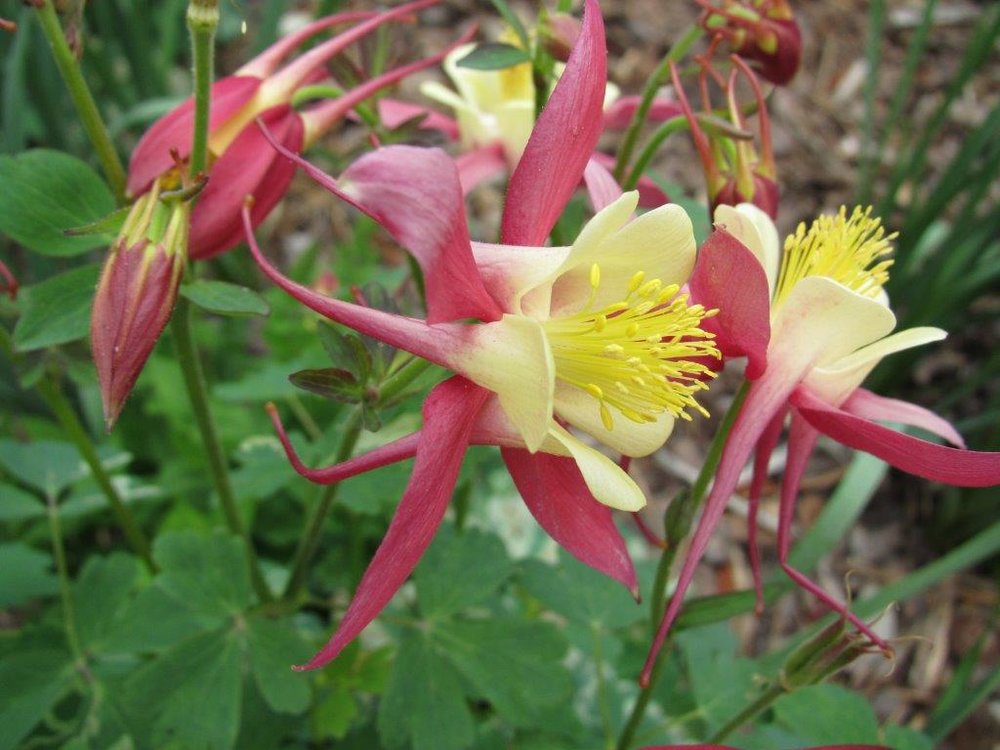 To end this very full post - enjoy the graceful curves of an aging tulip and spunky columbines.
To end this very full post - enjoy the graceful curves of an aging tulip and spunky columbines.

